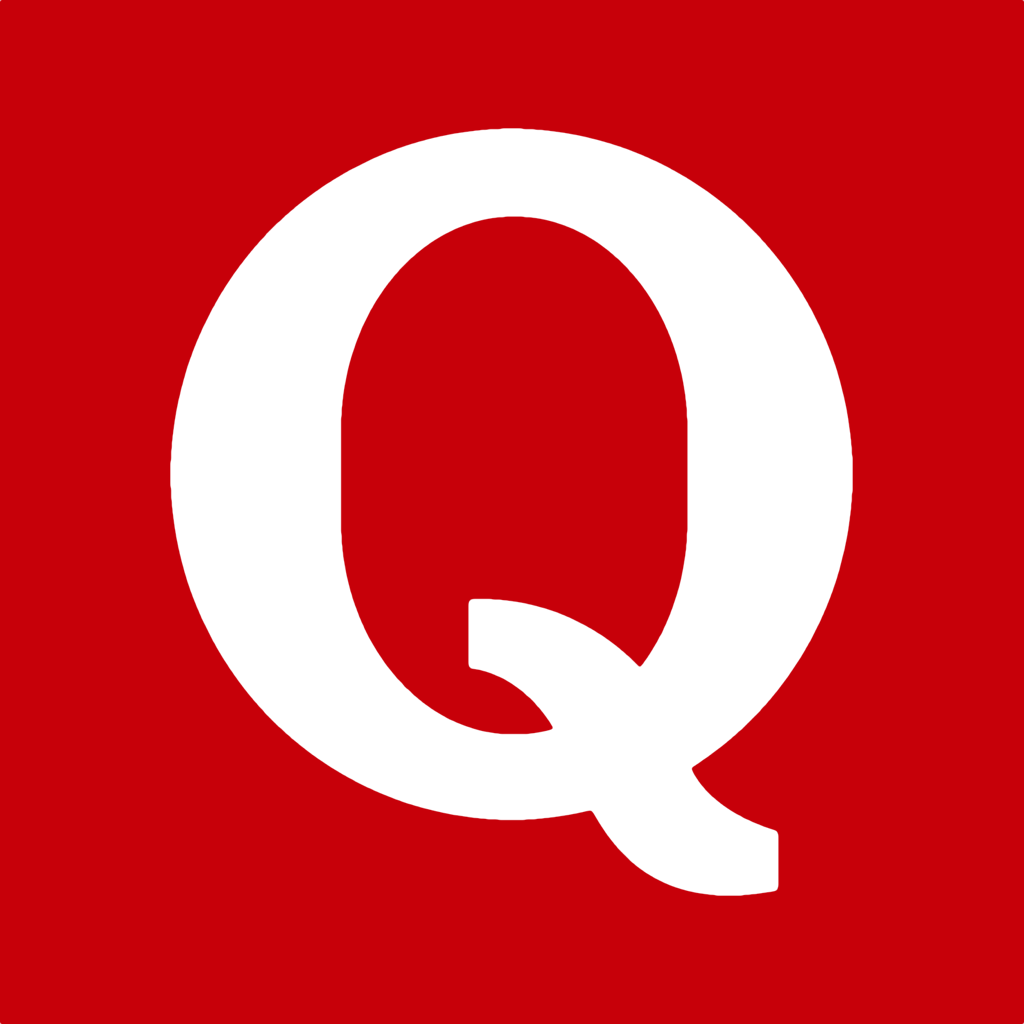|
SEARCH My Blog (Opens in new tab)
Be careful while brushing your teethThe thought of a bad back strikes fear into all of us. We know people living with bad backs and it's painful just watching them live their daily life. My wife hit the wall with her back in too many falls as a short-track speed skater in Japan. She has chronic pain from fractured vertebrae. To be honest, I can't image how hard it must be to live with that every day. As it turns out, the source of common back pain is a bit of an enigma. We most often think of injuring ourselves during heavy lifting. But statistically 95% of people experience a back injury as a result of something like bending over to brush their teeth ! When it pops it hurts, right? At gym I bent over, carefully, intentionally, slowly, to move a 10kg plate away from my feet to avoid tripping on it. The spasm in my lower back shocked me. I could hardly stand up, couldn't lift my left leg. The pain had me sweating. I'm not too bad with pain, for a male. I mean I'm not talking about having babies. But two cancer operations, when the morphine drip comes out, it hurts. I wondered why the surgeon had a wry smile when he asked me how I was doing and I said "feeling good". You know what that is, he asked? I had a bunch of tubes poking out of me, I had no idea. That's a morphine drip he stated in the tone of a warning about what to expect when it comes out. But it was pancreatitis that really hurt. Crawled into Emergency on my hands and knees dripping sweat. They quickly established that it wasn't a heart attack, and gowned me up for surgery. Four hours later the pain had passed, and three days later they pulled the drip out of my arm and told me I could eat again, and then go home. The pancreatitis pain was a 12/10 on a male scale. Back to backs. Surprisingly, what causes chronic back pain is not understood. It's neurological more than physicalReported back pain is not directly related to the state of degeneration. For example, people tend to report more back pain in their 40s and 50s than they do as they get older. The reason remains a mystery. Research has shown that the tendency to experience more or less back pain runs in families. For example, identical twins often have similar histories of back pain. Here's the best summary of the "why" of back pain: 1. It most often results from inevitable tissue failure caused by age-related deterioration; and, 2. An individual's neurological reaction and resilience translates the deterioration into a specific response. It's your nervous system that actually adapts to pain, and that's what makes discomfort "go away". That adaptive process different for everyone, and therefore back pain is experienced differently by everyone. Good news - keep moving Here's the good news - exercise and movement helps everyone. Age-related deterioration can be slowed down. Not by being careful, but, you guessed it, by exercise. You have to keep exercising to keep up your flexibility and muscle tone - which are preventative and also ease back pain when it occurs. You have to build muscle strength in your core and from your hips right through to your neck to help take the load off the discs. Actually, that's a bit of a misstatement. It's not taking the load off, but that spinal and core muscle strength will ensure that the vertebrate track cleanly and accurately and therefore are less likely to trigger pain from degenerative conditions. The common statement of muscles "taking the load off your joints" is a nice simplification. When you have weak muscles the distribution of physical stress shifts to the skeletal system. That shift accelerates the degenerative processes, and is irreversible. Not good. Building skeletal muscular strength relieves the skeletal structure - particularly your back - of that extra load and damage, especially by keeping the moving parts tracking nicely. That's to do with strengthening the agonist and antagonist muscles serving each joint - the pairing of equal and opposite muscles which align the joint. This then, prolongs the pain-free working life of your joints. Beware - those muscles serving a joint may be well away from the specific joint eg. what's doing with your hip muscles will affect your knee joints. That's why you need to build your body strength, see some exercises below. Finally, subject to the proper medical advice, no matter what else you should keep moving. Movement seems to be the stimulus to normalise pain responses in the nervous system. Keep walking. Keep exercising - but which exercises? Exercise that will helpHere are four exercises that will help. The best exercises that you can do are those that strike a balance between instability and immobility. That's why you never use the gym machines for these. Gym machines stabilise you and dull your neuromuscular activation. Developing strength and mobility and also postural alignment are key. You need to engage, to balance, to move your joints, ligaments, muscles and tendons mindfully through a proper range of motion. Try these, every day.
There are more exercises here and here. But honestly you don't need a catalogue you just need to do 3 or 4 exercises regularly and consistently. Just use the ones above, or substitute if you have another which you prefer and which will keep you more motivated. I going to be boring now. My regular readers will know of my affection for the efficacy of kettlebells in lowering body age and keeping trim and taunt. Yes - I'm going to have to say it - athletic exercises like low-weight high-repetition kettlebell swings force your core muscles to stablise your spine while simultaneously stimulating your back to become stronger under load. This corrects both instability and weakness simultaneously, and helps your posture. Over time, your pain will clear up and you will have a stronger back and better posture, and more resilience against future back pain. That's just one reason of many that I do three intensive kettlebell sessions each week (and have done so for the last 17 years). Keep moving. Keep building skeletal strength. Keep swinging your kettlebell. Good luck.
Latest: get your free customised fitness plan designed uniquely for you.
|
ChoicesSince I was diagnosed at 50 with Type 2 diabetes I've been learning how to do bone-building fitness training which lowers my age. You can too. It's your choice. Walter Categories
All
Archives
May 2023
|

 RSS Feed
RSS Feed



